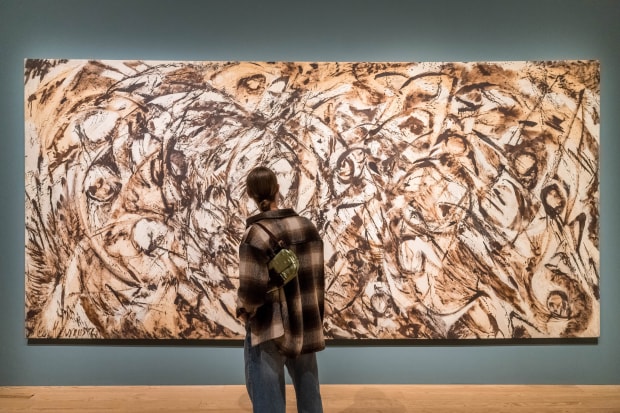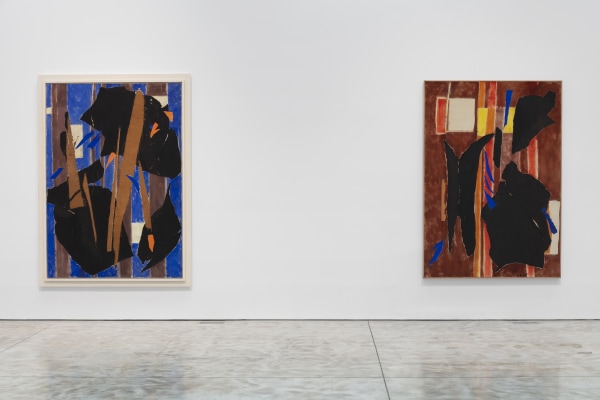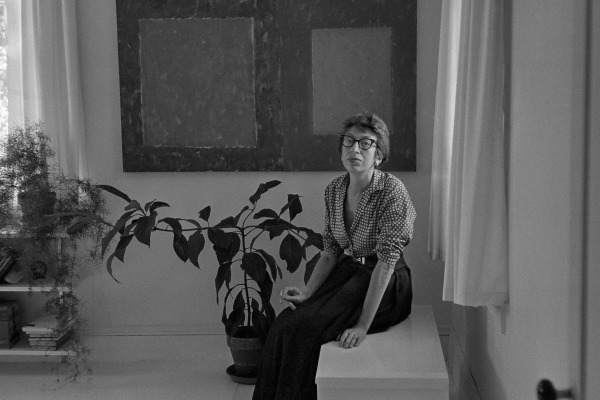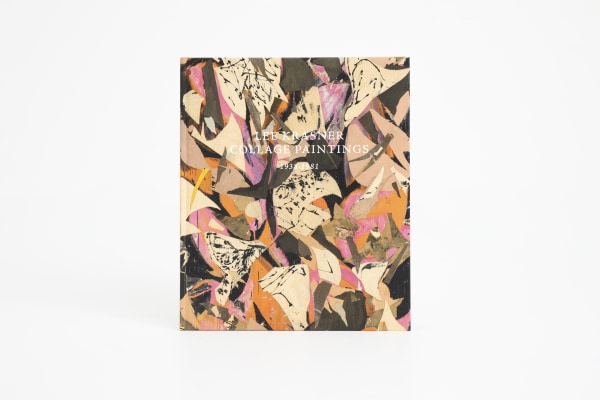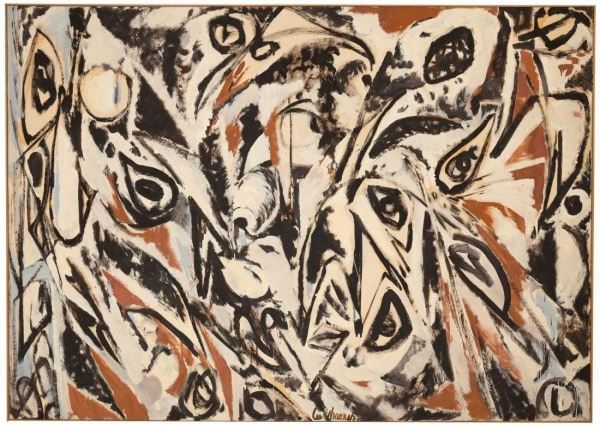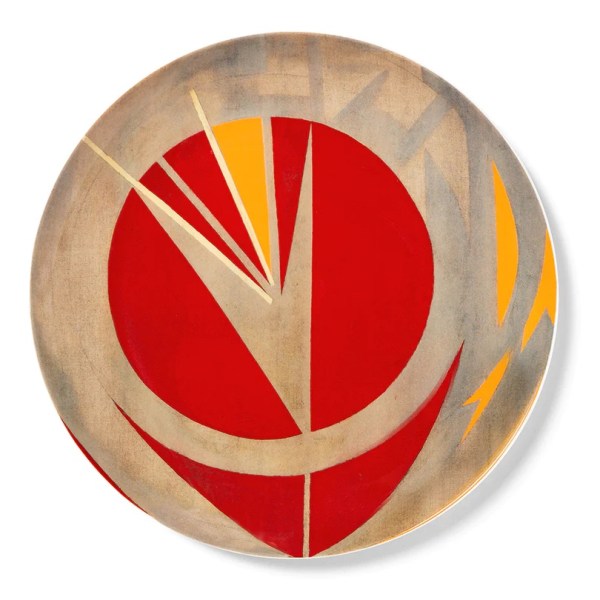Lee Krasner
-
-
BiographyBorn in New York, New York, 1908
Died in New York, New York, 1984 -
"I like a canvas to breathe and be alive. Be alive is the point."
—Lee Krasner -

-
Arguably the most crucial proponent of Pollock, Krasner was instrumental in propelling his career and cementing his reputation as the most influential living American artist, having introduced him to Willem de Kooning, Clement Greenberg and Peggy Guggenheim, as well as other key figures. Living with Pollock at their home near The Springs, Long Island, Krasner developed some of her most compelling series, including her Little Image paintings. Defined by thick impasto and repetitive abstract symbols, these works are recognized as among her most noteworthy contributions to Abstract Expressionism.
Following Pollock’s death from an automobile accident in 1956, Krasner dedicated the remainder of her life to solidifying Pollock’s legacy, while continuing her own artistic endeavors. During this time of newfound solitude, Krasner realized her iconic Umber Paintings, which convey a distinctive rawness and intensity that was unprecedented in her oeuvre until this point. Fiercely composed of abstract forms through explosive brushwork in a parsed-down palette of primarily umber, cream and white, this series is considered among Krasner’s most psychoanalytically evocative work.
With paintings from the 1960s, Krasner embraced Pollock’s artistic achievements in size, all-over composition, gestural method and engagement with Jungian psychology, which emphasized the importance of the individual psyche and personal quest for wholeness. From time to time, Krasner incorporated staring eyes, a motif that harkened back to her own earlier work. Other repeated marks suggest foliage, wind, feathers and wings. It is with these works that Krasner further delved into ideas about self-knowledge.
-
-
Works

Lee Krasner
Imperfect Indicative, 1976collage on canvas78 x 72 inches
198.1 x 182.9 cm© 2016 The Pollock-Krasner Foundation / Artists Rights Society (ARS), New York.Exhibitions-

Lee Krasner: The Edge of Color, Geometric Abstractions 1948–53
February 22 – March 28, 2024 509 West 27th Street, New YorkKasmin is proud to announce its fourth solo exhibition at the gallery of work by acclaimed American Abstract Expressionist painter Lee Krasner, featuring paintings from the collections of the Pollock-Krasner Foundation and several prominent institutions.View More -

Lee Krasner: Collage Paintings 1938–1981
March 11 – April 24, 2021 509 West 27th Street, New YorkFeaturing several masterpieces from the 1955 debut of Krasner’s collage paintings at the Stable Gallery, as well as significant works from the artist’s 2019–2021 traveling European retrospective, this exhibition provides American audiences with the opportunity to further examine one of Krasner’s most innovative practices.View More -

Painters of the East End
July 11 – August 16, 2019 297 Tenth Avenue, New YorkKasmin is pleased to announce Painters of the East End, on view at 297 Tenth Avenue between July 11 – August 16, 2019. The exhibition explores the commonalities and distinctions of the work produced amongst the coterie culture of Long Island’s South Fork during the mid-twentieth century, including Mary Abbott, Nell Blaine, Perle Fine, Helen Frankenthaler, Jane Freilicher, Elaine de Kooning, Lee Krasner, Joan Mitchell, Charlotte Park, Betty Parsons, and Jane Wilson.View More -

Lee Krasner: Mural Studies
September 13 – October 27, 2018 297 Tenth Avenue, New YorkMural Studies brings together eight of Lee Krasner’s rarely exhibited small-scale, gouache-on-paper studies for an unrealized Works Progress Administration mural painting. Created in 1940 (the same year Krasner produced, in her own words, her “first abstract work”) the gouaches investigate varying configurations of geometric and biomorphic forms alongside linear elements reminiscent of Jean Arp and Joan Miró. Dancing on flat backgrounds and reveling in vivid color, Krasner’s shapes consistently avoid the same designated window and door areas in each composition, suggesting that they were created with a single, now unknown, space in mind.View More -

Lee Krasner: The Umber Paintings, 1959 - 1962
November 9, 2017 – January 13, 2018 293 Tenth Avenue, New YorkPaul Kasmin Gallery, in collaboration with the Pollock-Krasner Foundation, is pleased to announce an inaugural solo exhibition of paintings by Lee Krasner, which will focus on her iconic Umber Paintings. The series consists of only twenty-four paintings, eight of which are held in major institutional collections. The exhibition will be accompanied by a fully illustrated and comprehensive catalogue raisonné on the series with an essay by art historian Dr. David Anfam, Senior Consulting Curator of the Clyfford Still Museum in Denver and curator of the recent exhibition Abstract Expressionism at the Royal Academy, London.View More
News-

Lee Krasner: The Edge of Color featured in Vogue
by Grace Edquist March 1, 2024 View More -

Lee Krasner: Collage Paintings 1938-1981
Exhibition Catalogue May 10, 2021 View More -

Lee Krasner: Acquisition by Seattle Art Museum
February 26, 2021 View More -

Lee Krasner
Coalition For The Homeless X Artist Plate Project November 16, 2020 View More -

Lee Krasner featured in The Guardian
by Rachel Cooke May 12, 2019Lee Krasner’s huge contribution to abstract expressionism was overshadowed for years by the work of her husband, Jackson Pollock. On the eve of a major...View More
Publications-
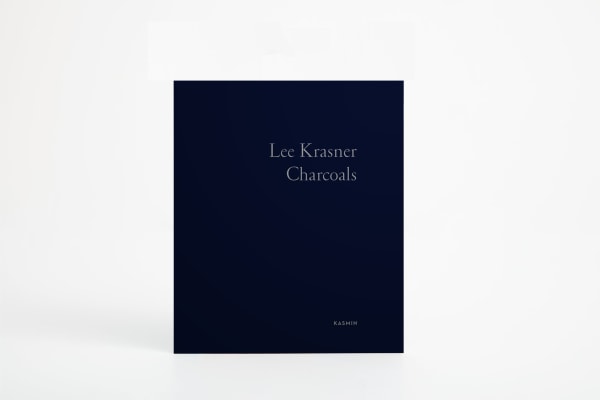
Lee Krasner: Charcoals
2019SoftcoverView More -
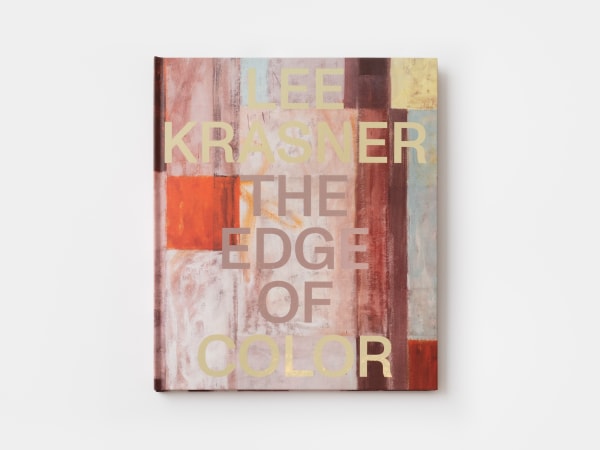
Lee Krasner: The Edge of Color
2024Softcover, 88 pagesView More
ISBN: 978-1-947232-02-0
Dimensions: 9.5 x 11.125 inches -
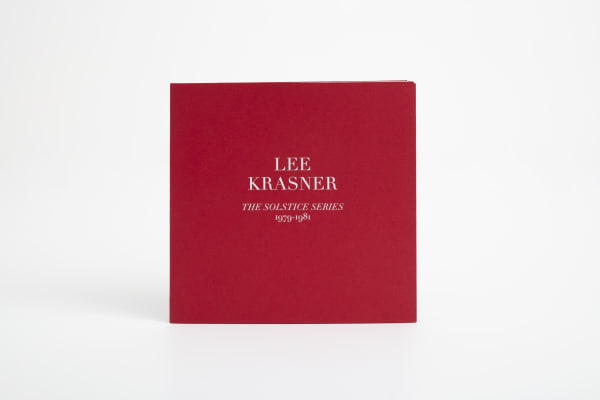
Lee Krasner: The Solstice Series, 1979–1981
2017Softcover, 28 pagesView More
ISBN: 978-0-9968134-6-4
Dimensions: 8.5 x 8.5 inches -
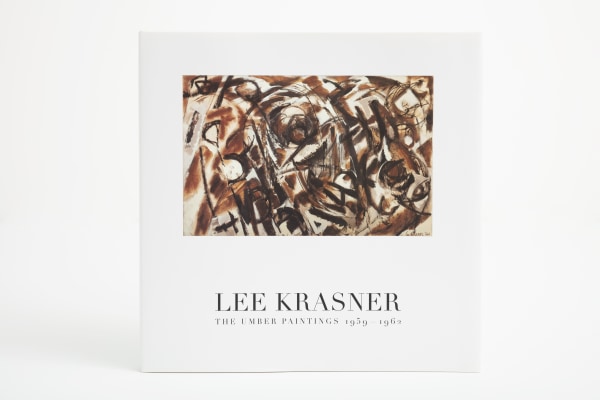
Lee Krasner: The Umber Paintings
2018Hardcover, 122 pagesView More
ISBN: 978-1-947232-03-7
Dimensions: 12.5 x 12.x inches -
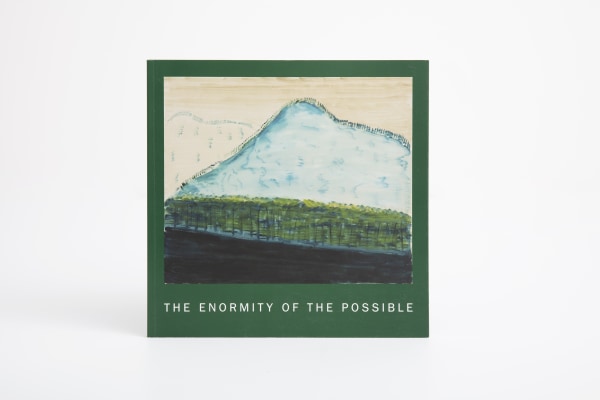
The Enormity of the Possible
2017Softcover, 104 pagesView More
ISBN: 978-1-947232-02-0
Dimensions: 10.5 x 10.75 inches
contact_formSend me more information on Lee Krasner
Explore- Diana Al-Hadid
- Alma Allen
- Theodora Allen
- Sara Anstis
- Ali Banisadr
- Tina Barney
- Judith Bernstein
- JB Blunk
- Mattia Bonetti
- William N. Copley
- Cynthia Daignault
- Ian Davenport
- Max Ernst
- Liam Everett
- Leonor Fini
- Barry Flanagan
- Walton Ford
- Jane Freilicher
- vanessa german
- Daniel Gordon
- Alexander Harrison
- Elliott Hundley
- Robert Indiana
- Lee Krasner
- Les Lalanne
- Matvey Levenstein
- Lyn Liu
- Robert Motherwell
- Jamie Nares
- Nengi Omuku
- Robert Polidori
- Jackson Pollock
- Elliott Puckette
- Alexis Ralaivao
- George Rickey
- James Rosenquist
- Mark Ryden
- Jan-Ole Schiemann
- Joel Shapiro
- Bosco Sodi
- Dorothea Tanning
- Naama Tsabar
- Bernar Venet
Join our Newsletter
* denotes required fields
We will process the personal data you have supplied in accordance with our privacy policy (available on request). You can unsubscribe or change your preferences at any time by clicking the link in our emails.



